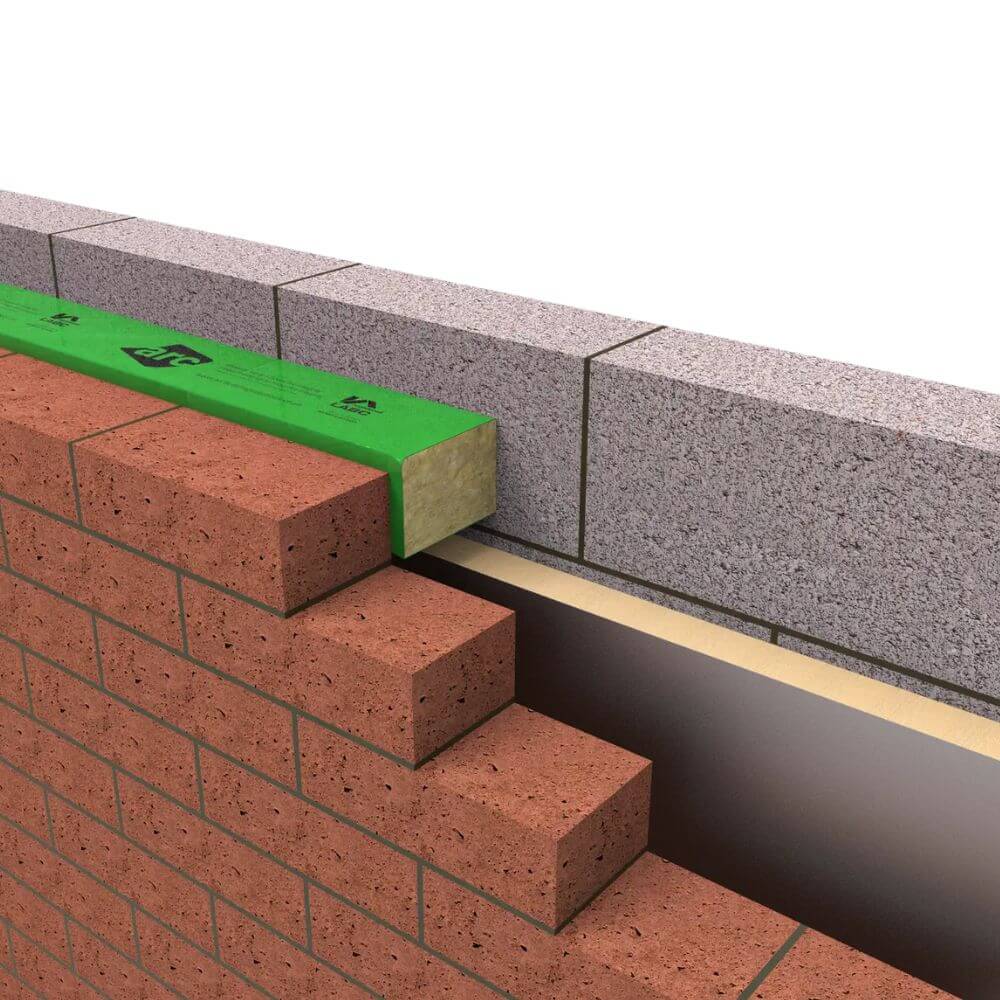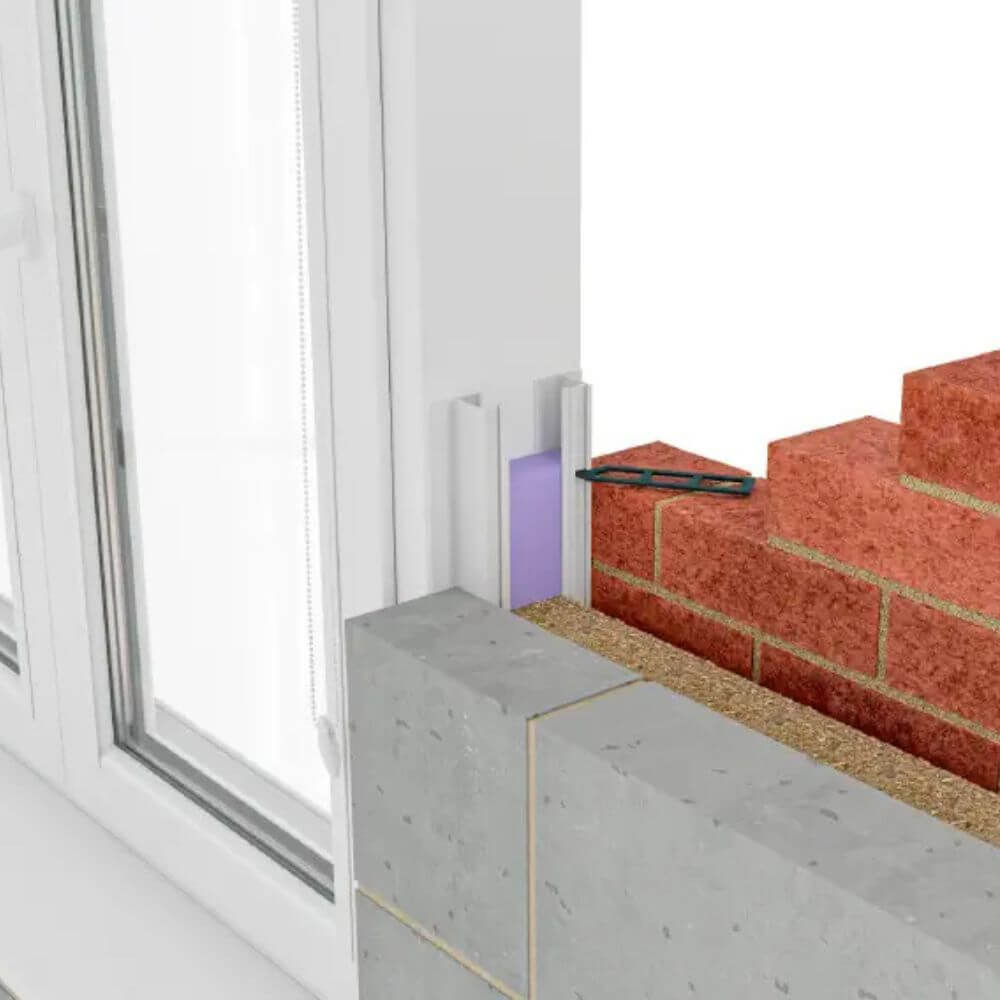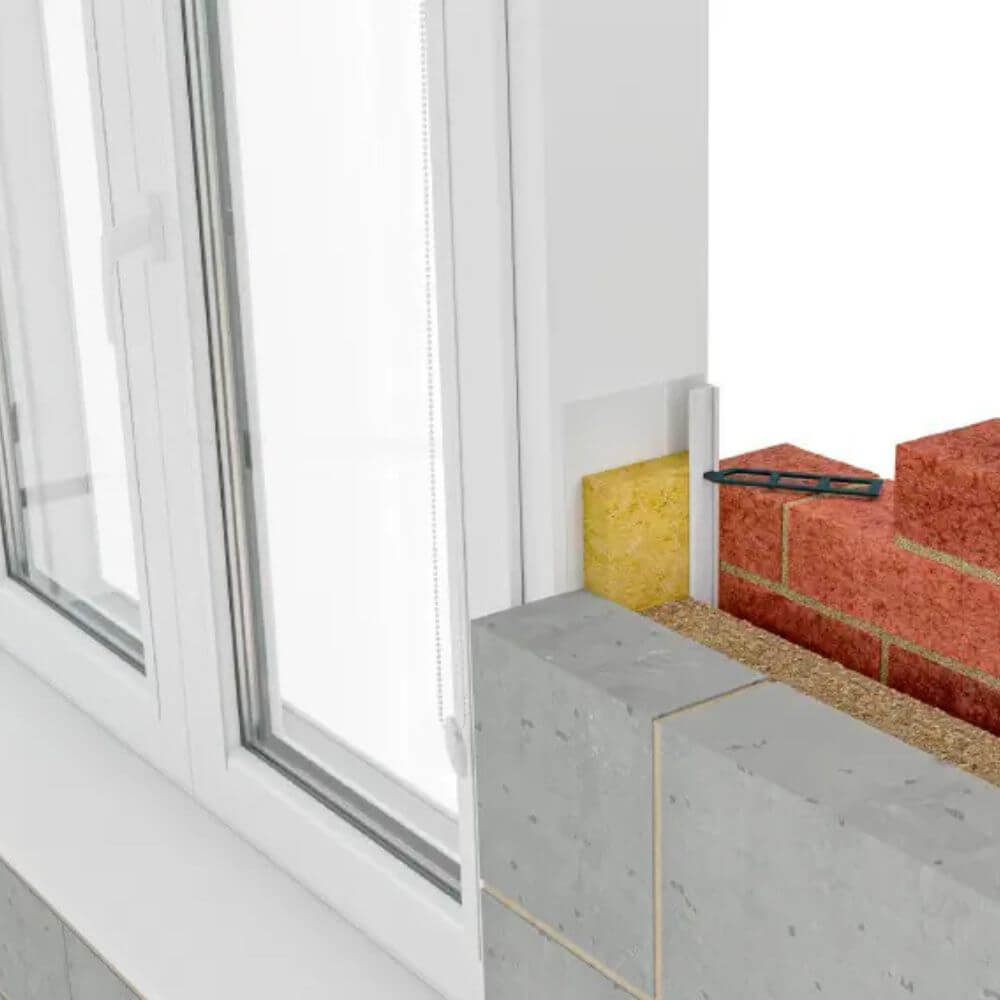Fire Proofing
(98 Products)Fire proofing products are essential in enhancing fire safety within various structures. They play a pivotal role in safeguarding buildings from the destructive impacts of fire. These products are engineered to enhance the fire resistance of materials such as steel, timber, and concrete, thereby ensuring the safety of occupants and preserving the structural integrity of the buildings.
Popular products include Stop Socks, Firestop Slabs and a range of fireproof sealants and accessories. Rockwool is a major manufacturer of fireproofing products, most of which can be found here at Materials Market.
What is Fire Proofing?
Fire proofing refers to the process of making materials or structures resistant to fire. This involves applying various products to protect structural elements from high temperatures and fire exposure.
Common fire proofing methods include spray-on coatings, fire-resistant cladding, and fire retardant paints. These products are designed to prevent the spread of fire, limit smoke damage, and provide additional time for evacuation during a fire.
Where is Fire Proofing Used?
Fire proofing is used in several key areas within building construction:
- Structural Steel: Coatings and sprays protect steel from high temperatures, maintaining its load-bearing capacity.
- Timber and Wood: Fire retardant treatments are applied to reduce flammability and improve resistance.
- Concrete: Fireproofing materials ensure that concrete maintains its structural integrity during a fire.
- Fire Doors: These are specially designed to resist fire and smoke, providing crucial protection in building interiors.
- Exterior Applications: Fire-resistant cladding and insulation are essential in safeguarding building exteriors.
- Service Penetrations: Firestopping systems seal gaps around pipes and cables to prevent fire and smoke spread.
- Ceilings and Floors: Fireproof coatings and materials enhance safety in these critical building elements.
Fire Proofing Benefits
- Enhanced Safety: Protects occupants and minimises fire hazards.
- Structural Integrity: Ensures that structural components like steel and timber maintain their strength during a fire.
- Compliance: Helps buildings meet local and national fire safety regulations.
- Reduced Damage: Limits the spread of fire and smoke, reducing overall damage to property.
- Increased Property Value: Buildings with high fire safety standards may have a higher market value.
- Cost-Effective: Preventing fire damage can be more economical than repairs after a fire.
Frequently Asked Fire Proofing Questions
What is the Difference Between Fireproof and Fire-retardant?
Fireproof means that a material can withstand high temperatures without burning, while fire-retardant materials are treated to resist ignition and slow the spread of fire.
How do Fireproofing Products Work?
Fireproofing products work by creating a barrier that protects underlying materials from heat and flames. They can also insulate structures, maintaining their strength during high temperatures.
What are Common Fire Proofing Materials?
Common materials include fire-resistant coatings, intumescent paints, fire-resistant cladding, and fire-stopping systems for service penetrations.
Where Should Fire Proofing be Applied?
Fire proofing should be applied to structural elements such as steel beams, timber, and concrete, as well as to critical areas like fire doors and service penetrations.
How do I Maintain Fire Proofing Products?
Regular inspections and maintenance are crucial. Check for any damage or wear, and ensure that all fireproofing systems are intact and functioning properly.
Are Fire Proofing Products Tested For Safety?
Yes, fireproofing products undergo rigorous testing and quality procedures to ensure they meet industry standards and provide effective fire protection, supporting full compliance with fire safety regulations.
Are Fire Proofing Materials Suitable for Use in Both Interior and Exterior Applications?
Yes, fireproofing materials are available for both internal and external use, including coatings, cladding, and sprays, all designed to ensure full compliance with fire safety codes.

.jpg)
.jpg)
.jpg)


.jpg)



